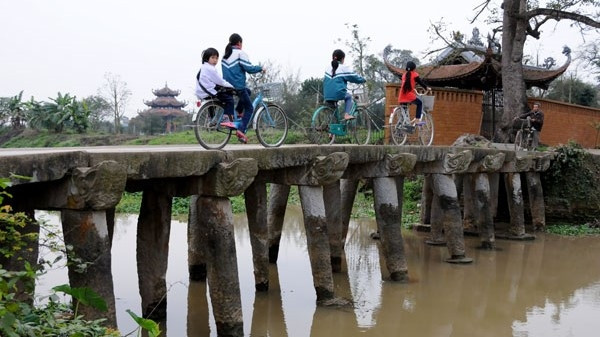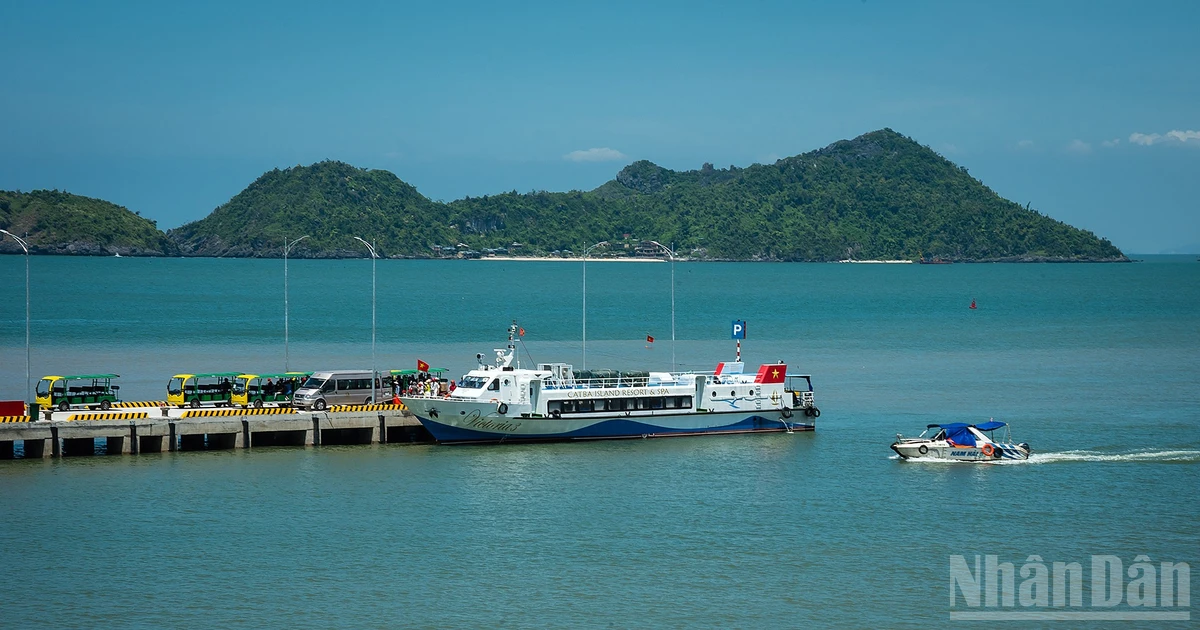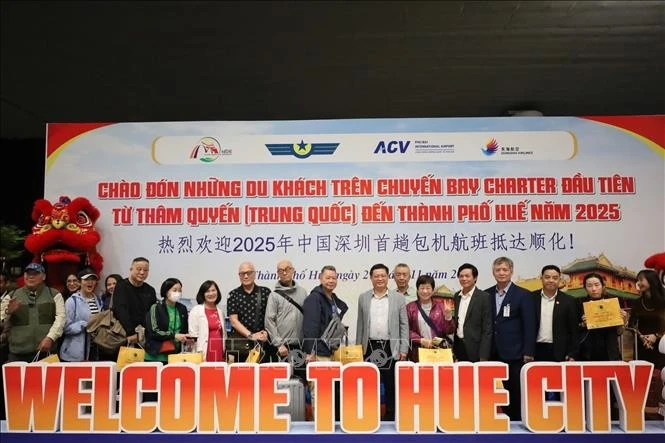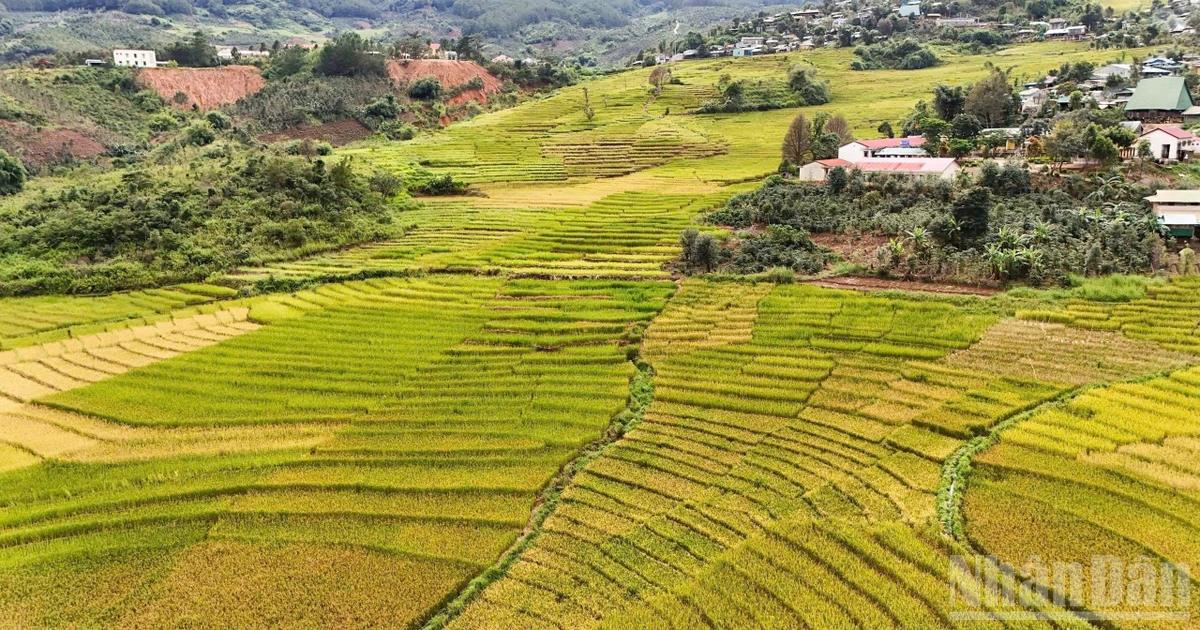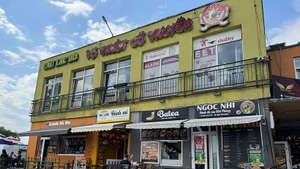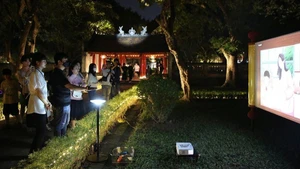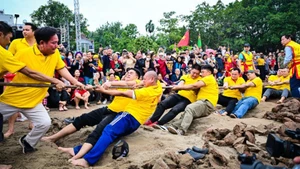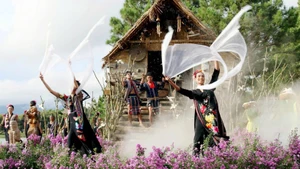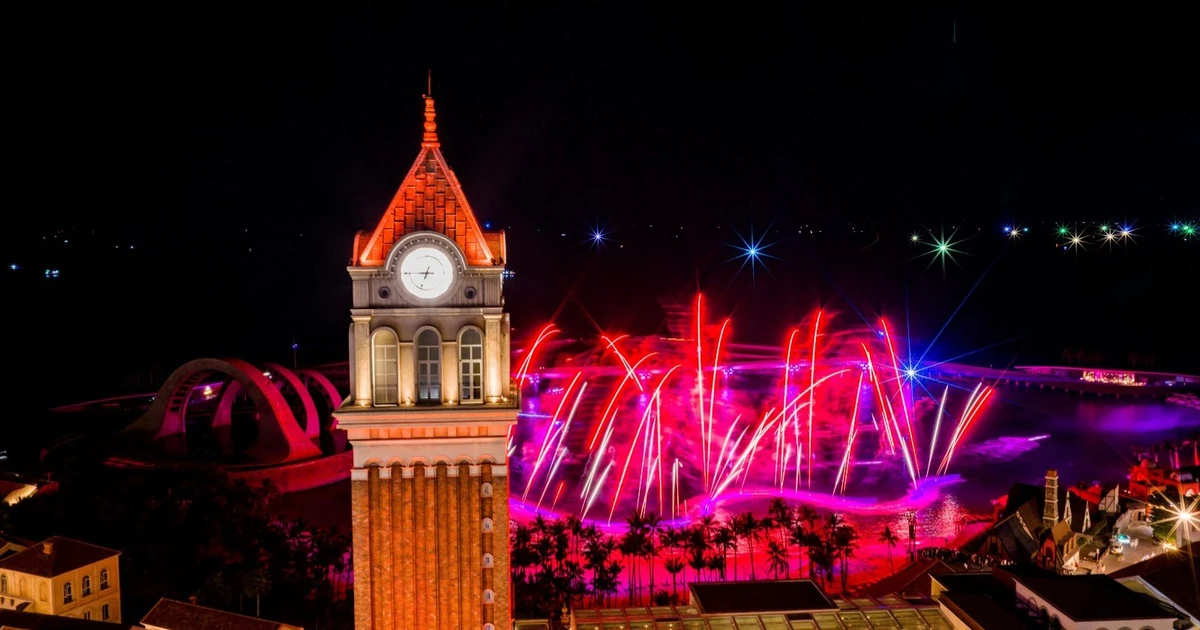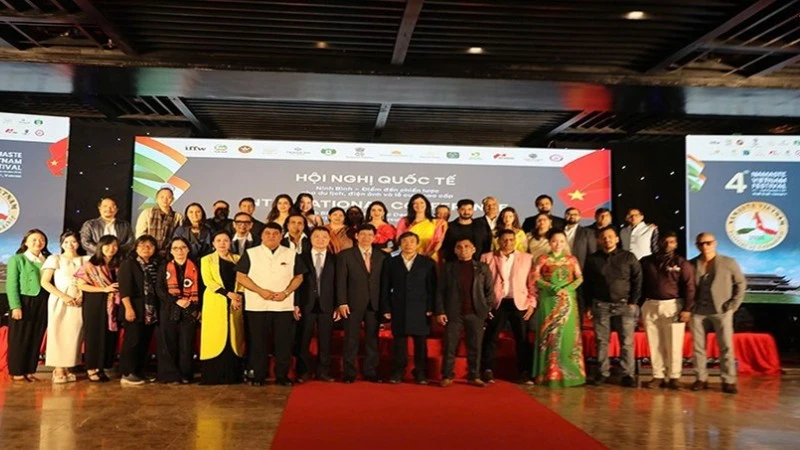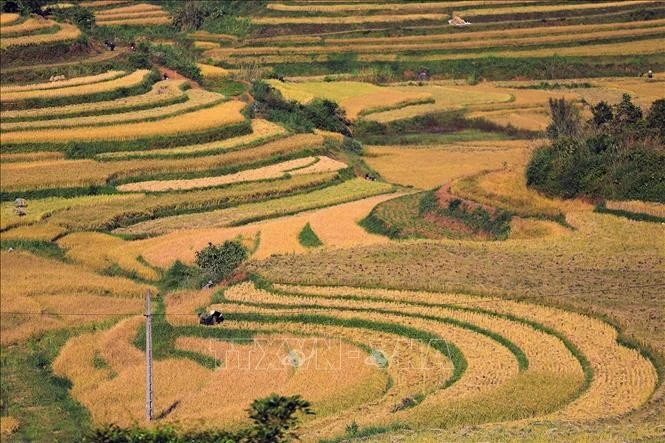Sleeping potential
There are around 7,500 trade villages in the Red River Delta, with about 300 those recognised as traditional trade villages. In addition to their traditional cultural identities, the trade villages possess many beautiful landscapes and architecture as well as other spiritual values. They have become a major resource for tourism development. Tourism will also contribute to socio-economic development of the trade village in particular and the region in general.
Many projects and programmes on developing trade villages have been launched by the Ministry of Agriculture and Rural Development, Vietnam National Administration of Tourism and the localities. However, the reports on the state of tourism development in the villages and traditional villages still feature terms such as “ineffective exploitation” and “in need of further measures”.
The monotonous tourism product range can not meet the diverse needs of tourists, so they have not created a high turnover. They have not contributed to preserving and honouring the values of the traditional heritages.
Bat Trang pottery village in Hanoi is a rare bright spot with many tourism activities; however, in other trade villages, these activities have not been implemented synchronously. The villages have developed their trades with a high cultural value but their ancient landscapes were replaced by new architectures due to urbanisation such as Phu Vinh rattan village (in Phu Nghia commune, Chuong My district, Hanoi). Meanwhile, several villages that could maintain their beautiful landscapes have faced difficulties in developing their crafts such as Cuu village in Van Tu commune, Phu Xuyen district, Hanoi. In addition, many villages have preserved their trades but their environment has been polluted.
Most villages have focused on attracting visitors and introducing their products but have not paid attention to promoting their values of culture, landscape and architectures such as temples, pagodas and communal houses as well as spiritual values with the legendary stories about their trades and ancestors, community linkages and families’ traditions. Assoc. Prof. Pham Hung Cuong from the National University of Civil Engineering emphasised: “When visiting a popular rural architectural complex which is full of houses, gardens, ponds and breeding facilities, guests can feel a message of living in harmony with nature, utilising biological products, consuming less energy and reducing emissions. That is a much-encouraged greener way of life”.
Suggestions from Nom Village
In the project of “researching and proposing the trade village – tourism and heritage – tourism village models in the Red River Delta region to contribute to socio-economic development and building new-style rural areas” under a science and technology programme serving the building of new-style rural areas during 2016-2020 period that was launched by the Ministry of Agriculture and Rural Developmetn, experts mentioned the ideas utilised for tourism development in Nom village – a successful traditional trade village. Nom Village in Dai Dong commune, Van Lam district, Hung Yen province, is one of the few traditional villages that still retains the original structure and complexion of a nearly 400-year-old village. It is a self-governing and self-contained model which has not yet been strongly urbanised and has a low construction density.
The elements of an ancient village are almost intact in the locality: the village’s gate, communal house, pagoda, pond, well, stone bridge and ancient houses. Thanks to the above resources, Nom village possesses the full conditions to develop synchronously its tourism products in accordance with a heritage – tourism village model. Accordingly, cultural and community-based tourism have been integrated to develop tourism potential based on cultural resources. The tourism development in the trade village will not only contribute to improving the living standard of the community but also protecting the traditional values. Visitors to Nom village can learn about the history of the formation and development of a typical traditional village in the Red River Delta. The guests can also enjoy beautiful landscapes and experience activities with local people via the tourism products.
These suggestions from Nom village can be applied to many other trade villages in the region. However, the investment of financial resources and knowledge is essential to effectively turn the traditional villages’ values into unique, attractive and diverse tourism products. Initially, managers should have new perspectives and thoughts in order to exploit these resources. The multifaceted cultural values of heritage and traditional trade villages should be analysed and reflected in many aspects as well as promoted in relation to the needs of the tourist market.
